
Oklahoma Concrete Glass Steel Case Study House Design (con imágenes) Arquitectura, Casas
In a composite wall, two wythes of concrete, separated by a continuous plane of insulation, are forced to structurally act as one single concrete structural element. The composite, or single element, behavior is developed by providing connections between the wythes that allow shear transfer.

typical details for tilt up concrete panel construction Google Search Details & Diagrams
Brown has been instrumental in leading the firm to numerous awards including recognition from the Tilt-Up Concrete Association as the recipient of the 2008 Irving Gill Distinguished Architect Award for the firm's contribution to the design and advancement of tilt-up construction.

Home Tilt Wall Ontario Inc.
Tilt-Up Academy, presented by the Tilt-Up Concrete Association is a collection of seminars focused on the design, engineering and construction of tilt-up concrete buildings. Powered by AEC Daily, the largest provider of online continuing education to the construction, architectural, interior design and engineering community, courses are.
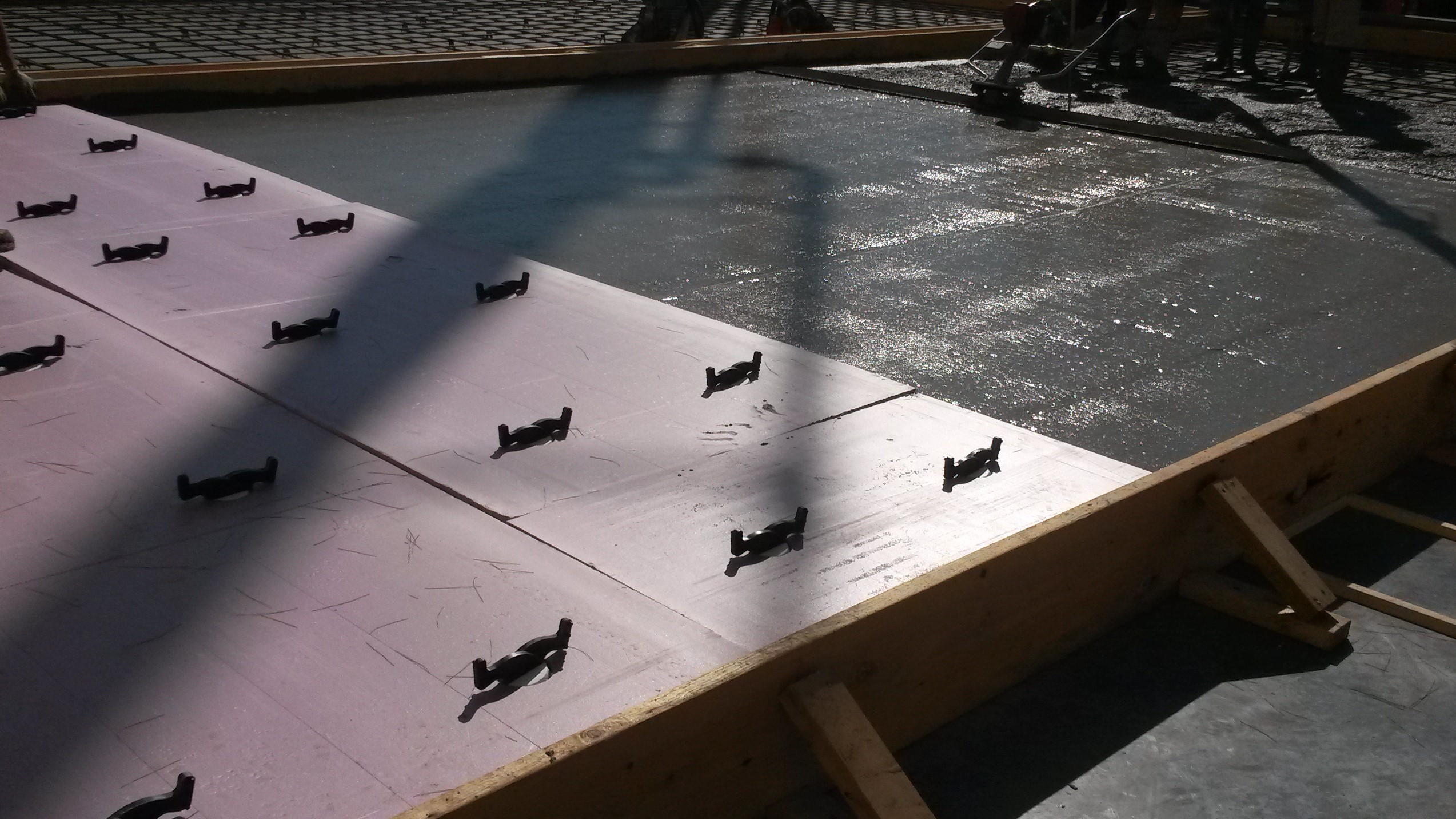
Composite TiltUp Panels The Future of TiltUp Walls
flush tilt-up walls To achieve a flush tilt-up wall and m i n i m i z e the joints, panels extend over and hide the concrete or steel c o l u m n s . Cast-in-place connections p r ovide a strong continuous wall for shear resistance and re q u i r e the least amount of waterproofing. Fi g - u re 4 shows four design va ri a t i o n s ;

TiltUp Offers Sustainable Option Concrete Construction Magazine
Tilt-Up construction features series of concrete panels tilted up into place to form a building's exterior wall. These panels are created at the work site using wood forms, rebar and concrete. The forms are shaped and rebar cut to match final designs. Next, concrete is poured into the forms and finished.

Hines Awards Peinado Construction New Project in Fort Worth, TX. Peinado Construction
The design guide for tilt-up concrete panels ACI 551 states that tilt-up concrete walls can be analyzed using the provisions of Chapter 14 of the ACI 318-11. Most walls, and especially slender walls, are widely evaluated using the "Alternative design of slender walls" in Section 14.8. The same provisions are presented in ACI 318-14 but

What is Tiltup Construction? How Are Tiltup Concrete Buildings Constructed? Tiltup
A structural reinforced concrete tilt-up wall panel in a single-story warehouse (big-box) building provides gravity and lateral load resistance for the following applied loads from three roof joists bearing in wall pockets in addition to the wind: Roof dead load = 2.4 kip per joist Roof live load = 2.5 kip per joist Wind load = 27.2 psf The a.
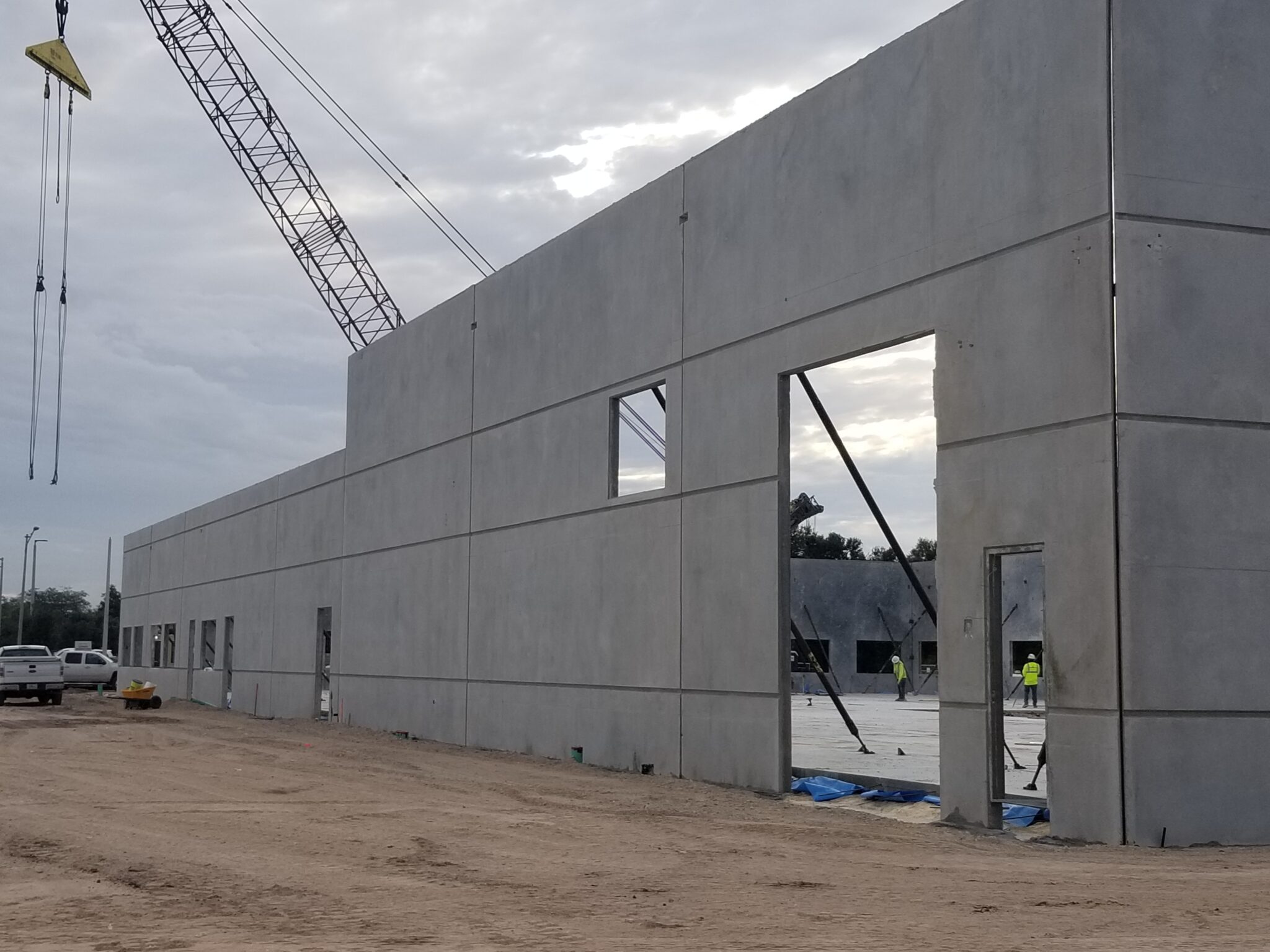
Tilt Wall DeWitt Custom Concrete
Overview Tilt-up walls are thin concrete panels. When a slender wall is subjected to axial compression and out-of-plane bending, second order effects must be considered. ACI 318 permits an amplified first order approach, elastic second order approach, or inelastic second order approach.

concrete tilt up wall panel Concrete Home, Precast Concrete, Concrete Walls, Concrete Panel
To contact our tilt wall specialists, email us or contact one of the branches below. Email a sales representative. [email protected]. Louisiana & Mississippi. 18909 Highland Road. Baton Rouge, LA 70809. 225.751.4000. East, North & West Texas, Oklahoma. 2323 Irving Blvd.

The Benefits of Insulated Metal Panels Over TiltUp Walls
Tilt-up, in its most basic form, is a two-step process. First, slabs of concrete, which most often comprise load-bearing sections of a building envelope or elevation, are cast horizontally on a concrete slab-on-ground. The slabs, referred to as panels, are then lifted (tilted) with a crane after the concrete has reached sufficient strength.
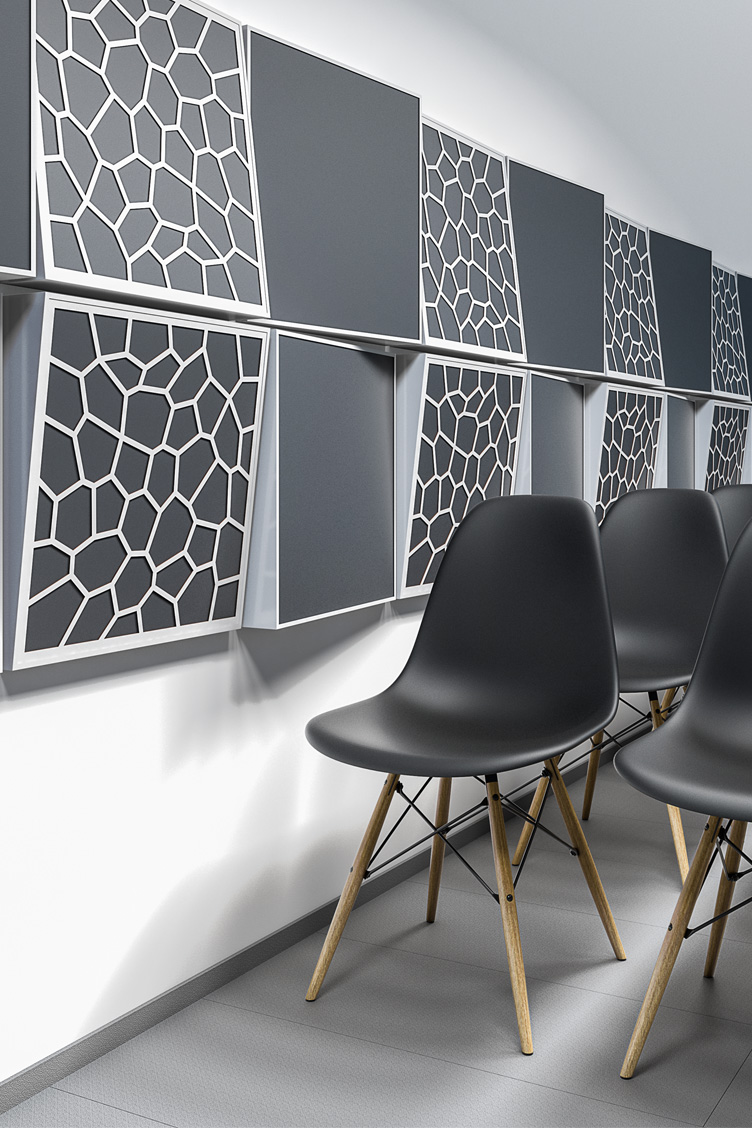
Tilt Wall Ścienny system paneli odbijających dźwięk Architected Sound
Design Guide for Tilt-Up Concrete Panels Reported by ACI Committee 551 Jeff Grifin, Chair James R. Baty II, Secretary Iyad M. Alsamsam William R. Braswell Jerry D. Coombs Darryl E. Dixon Michael Fulton John G. Hart Robert P. Hirsch Brent E. Hungerford Anthony I. Johnson Philip S. Kopf Kimberly Waggle Kramer James S. Lai John W. Lawson Ed T. McGuire
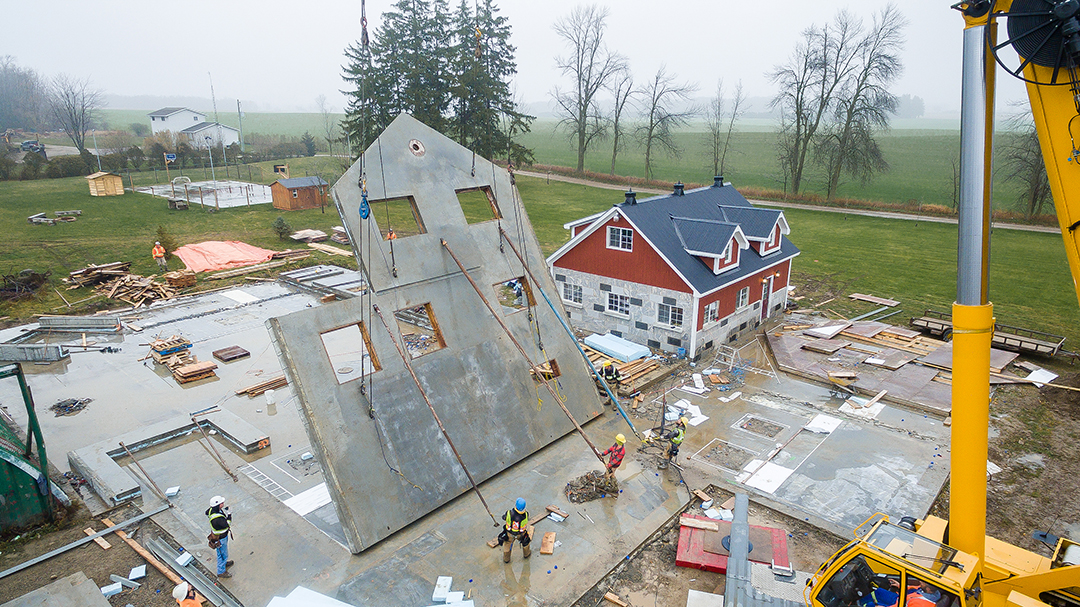
TiltUp Concrete Goes Residential in Ontario TILTUP TODAY A publication of the TiltUp
Home LiteForm Tilt: Insulated Tilt-Up Concrete… The patented LiteForm TILT® system is an insulated concrete form for tilt up construction. This system consists of expanded polystyrene panels and 18-guage steel attachment rails.

TiltUp Wall Panel Design in Revit (Sneakpeek) YouTube
How is Tilt-up wall design different than Concrete Wall design? In the following section, code references are for ACI 318-05. For similar details using ACI 318-14 see Tilt-up Wall Design per ACI 318-14. According to 14.2.2, walls shall be designed in accordance with the provisions of 14.2, 14.3, and either 14.4, 14.5, or 14.8.
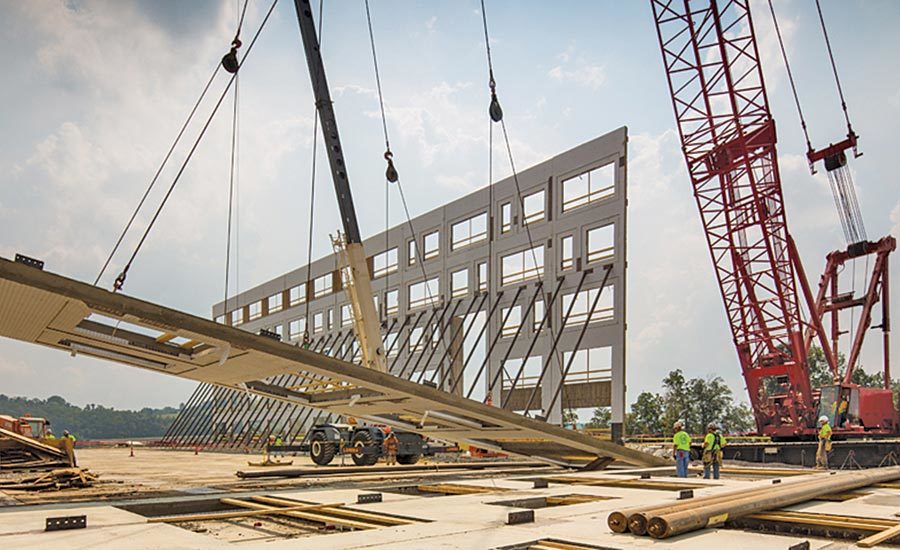
Advantages and Disadvantages of Tiltup Walls 20170801 Walls & Ceilings Online
Tilt-up concrete gets its name from the manner in which construction occurs: by lifting or tilting panels with a crane to form the walls of buildings. Panels can be produced in many shapes and sizes, including flat and curved sections. Concrete placement is fast and easy because it is done on the ground.

tiltup wall design TiltUp Potential Expressed TILTUP TODAY A publication of the
8 Jan 18 18:55 I have been assigned the task of designing a Tilt-Up Wall. I am familiar with reinforced concrete design, but this is my first time performing a Tilt-Up Wall design. This wall will just be for one side of a building. The rest of the entire building is Pre-Engineered Metal Building. What are the necessary thing to consider?

Basic knowledge about Concrete Tilt Panel System in Concrete Construction ASFCT Concreting Service
The design guide for tilti-up concrete panels, ACI 551, states that tilt-up concrete walls can be analyzed using the provisions of ACI 318 - Alternative Analysis (Design) Method. Most walls, and especially slender walls, are widely evaluated using this method. The method is applicable when the conditions summarized below are met: